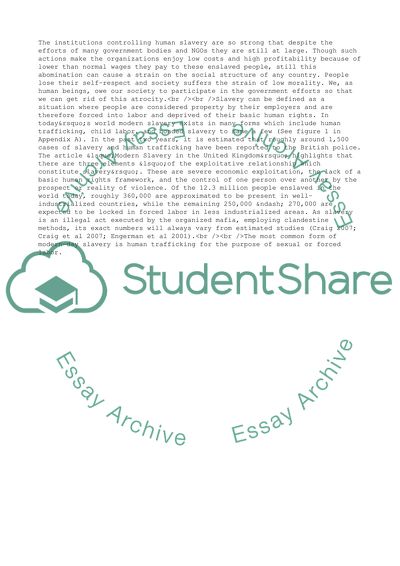Cite this document
(Isues Associated with Modern Slavery in the UK Coursework Example | Topics and Well Written Essays - 2250 words, n.d.)
Isues Associated with Modern Slavery in the UK Coursework Example | Topics and Well Written Essays - 2250 words. https://studentshare.org/business/1764218-issues-associated-with-modern-slavery-in-the-uk
Isues Associated with Modern Slavery in the UK Coursework Example | Topics and Well Written Essays - 2250 words. https://studentshare.org/business/1764218-issues-associated-with-modern-slavery-in-the-uk
(Isues Associated With Modern Slavery in the UK Coursework Example | Topics and Well Written Essays - 2250 Words)
Isues Associated With Modern Slavery in the UK Coursework Example | Topics and Well Written Essays - 2250 Words. https://studentshare.org/business/1764218-issues-associated-with-modern-slavery-in-the-uk.
Isues Associated With Modern Slavery in the UK Coursework Example | Topics and Well Written Essays - 2250 Words. https://studentshare.org/business/1764218-issues-associated-with-modern-slavery-in-the-uk.
“Isues Associated With Modern Slavery in the UK Coursework Example | Topics and Well Written Essays - 2250 Words”. https://studentshare.org/business/1764218-issues-associated-with-modern-slavery-in-the-uk.


